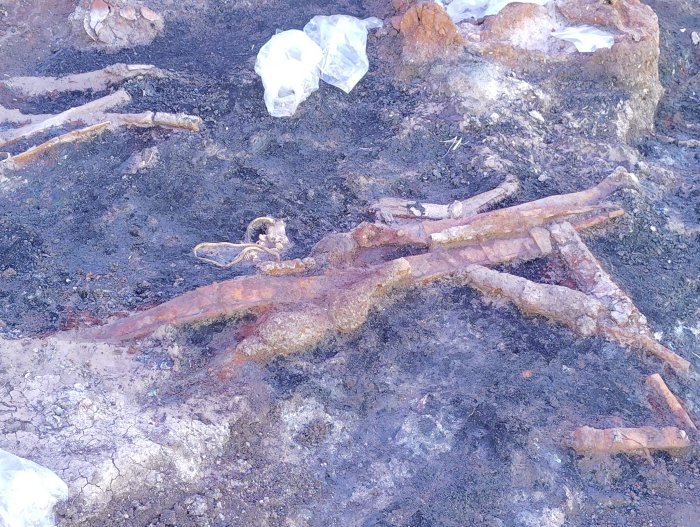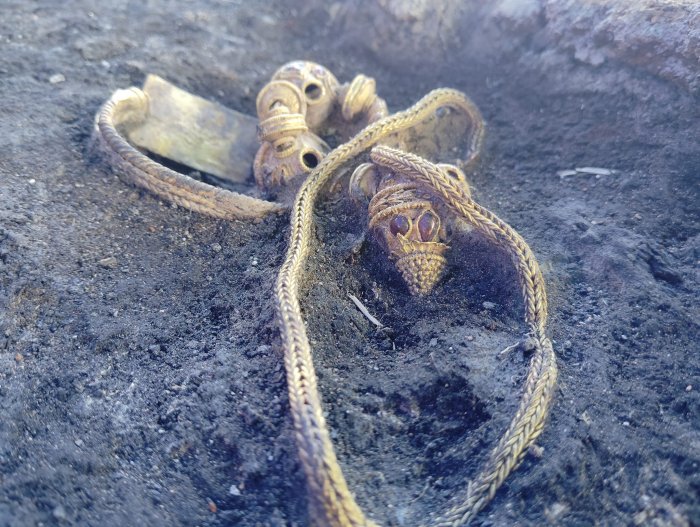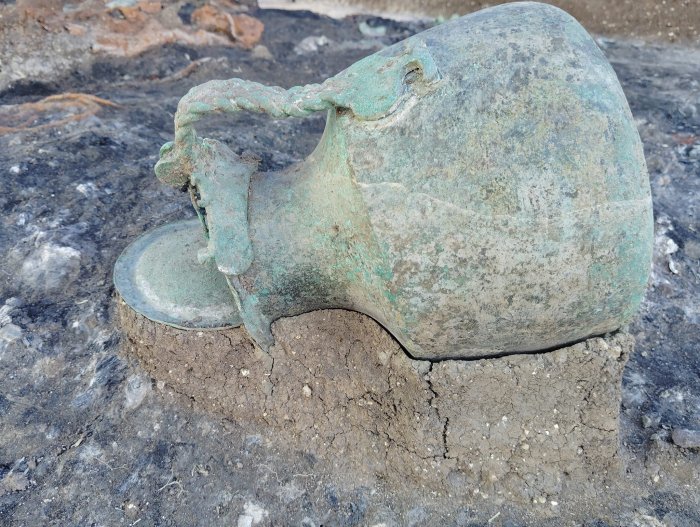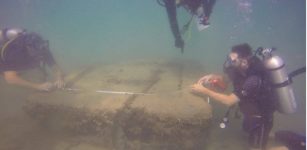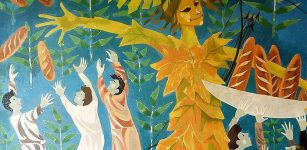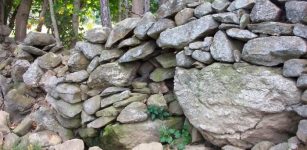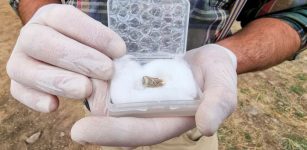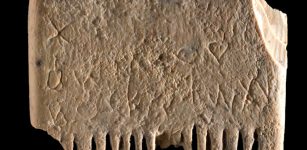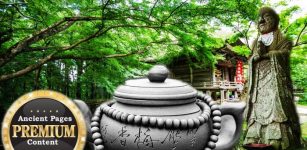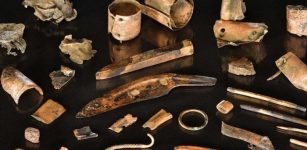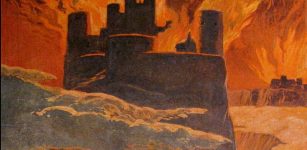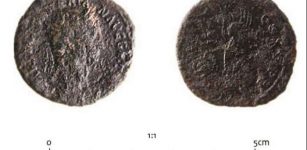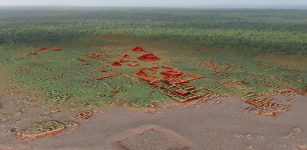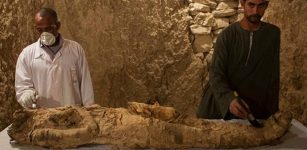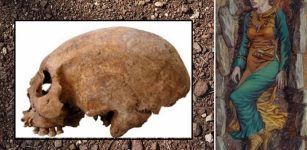Extraordinary Gold Treasures Found In A Thracian Warrior’s Grave Near Topolovgrad, Bulgaria
Jan Bartek - AncientPages.com - Bulgaria remains a significant source of archaeological discoveries related to ancient Thracian culture. Recently, archaeologists uncovered a tomb belonging to a Thracian warrior in the village of Captain Petko Voyvoda in the Topolovgrad municipality.
The Thracians were an Indo-European people who inhabited large areas of Southeast Europe and northwestern Anatolia in ancient times. Their earliest historical mention appears in Homer's Iliad, where they are described as allies of Troy during the Trojan War.
Credit: Topolovgrad Municipality
According to the Greek historian Herodotus, the Thracians were an extremely numerous population, second only to the Indians. He noted that they could have been the most powerful nation if not for their tendency towards internal conflict. Estimates suggest there may have been up to one million Thracians, divided among approximately 40 tribes.
Credit: Topolovgrad Municipality
Thracian culture was known for its exceptional craftsmanship, particularly in metalworking. They produced intricately decorated gold and silver objects, including various vessels, rhytons (drinking horns), facial masks, pectorals, jewelry, and weapons. Many of these remarkable artifacts have been discovered in Thracian tombs, similar to the recent find in Topolovgrad.
This latest discovery adds to the wealth of archaeological evidence that continues illuminating Thracian civilization and its significant role in ancient European history.
According to Dr. Daniela Agre of the National Archaeological Institute with Museum at Bulgarian Academy of Sciences, the tomb of the Thracian warrior who served in the Roman forces dates to the early 1st century A.D.
Credit: Topolovgrad Municipality
Credit: Topolovgrad Municipality
Credit: Topolovgrad Municipality
The tomb's excavation yielded significant artifacts, including a gold necklace, a substantial gold male bracelet, a gold wreath, a gold ring, and a knife adorned with gold inlay and semi-precious stones. Additionally, numerous weapons were discovered. Experts have noted that several of these findings are unprecedented in Bulgarian archaeological discoveries.
An equine burial adjacent to the human remains suggests that the individual was likely a horseman of considerable social standing. Dr. Agre further clarified that among the recovered artifacts was a hunting knife, its handle embellished with precious stones and one of its golden bands depicting hunting dogs.
See also: More Archaeology News
All artifacts recovered thus far are being systematically removed from the burial site. Upon completion of the salvage excavations, the assemblage will be transferred to the History Museum in Topolovgrad for long-term curation and preservation.
Written by Jan Bartek - AncientPages.com Staff Writer

